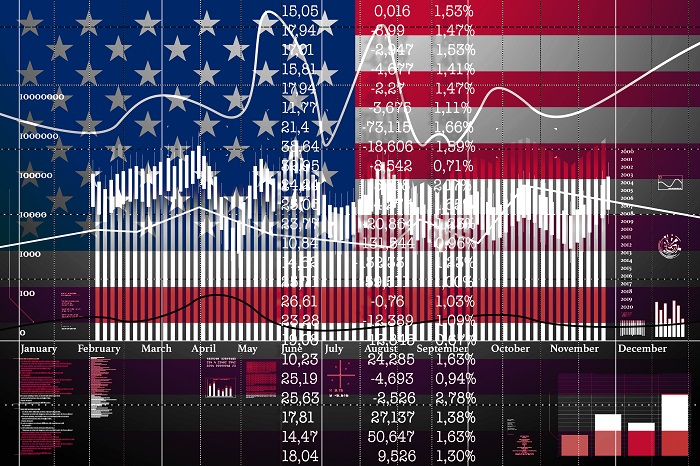Corning provides glass for notebook computers, flat panel desktop monitors, display televisions, and other information display applications; carrier network and enterprise network products for the telecommunications industry; ceramic substrates for gasoline and diesel engines in automotive and heavy-duty vehicle markets; laboratory products for the scientific community and polymer products for biotechnology applications; optical materials for the semiconductor industry and the scientific community; and polycrystalline silicon products and other technologies. Co.'s segments are: Display Technologies, Optical Communications, Specialty Materials, Environmental Technologies and Life Sciences.
When researching a stock like Corning, many investors are the most familiar with Fundamental Analysis — looking at a company's balance sheet, earnings, revenues, and what's happening in that company's underlying business. Investors who use Fundamental Analysis to identify good stocks to buy or sell can also benefit from GLW Technical Analysis to help find a good entry or exit point. Technical Analysis is blind to the fundamentals and looks only at the trading data for GLW stock — the real life supply and demand for the stock over time — and examines that data in different ways. One of those ways is to calculate a Simpe Moving Average ("SMA") by looking back a certain number of days. One of the most popular "longer look-backs" is the GLW 200 day moving average ("GLW 200 DMA"), while one of the most popular "shorter look-backs" is the GLW 50 day moving average ("GLW 50 DMA"). A chart showing both of these popular moving averages is shown on this page for Corning. Comparing two moving averages against each other can be a useful visualization tool: by calculating the difference between the GLW 200 DMA and the GLW 50 DMA, we get a moving average convergence divergence indicator ("GLW MACD"). The GLW MACD chart, in conjunction with the chart of the moving averages, basically helps in visualizing how the moving averages are showing convergence (moving closer together), or divergence (moving farther apart). |



